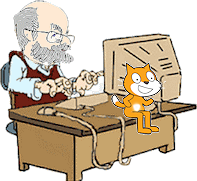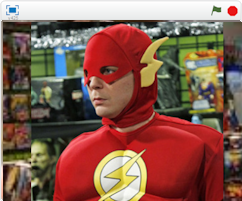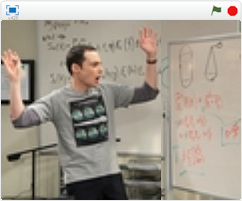Own Random Thoughts

|
After 45 years at the coal face in industry, although for the last 20years I was the sales manager of an instrument company, I wrote the original software and then later ran the software team. I retired 10 year ago –
only to find myself the owner of a nursery school. The manager was the wife so naturally owner did what the paid manager told him. Still for six years it was great fun working with 3/4 year olds, a few who could manage
beebots. This financed doing an MA in maths education in which my dissection was titled The Computer as Mathematical Tool with Programming for Educational Exploration. I passed on the nursery school two years ago
and have done four terms of teaching coding at KS2 as a volunteer. I have played with different approaches trying to find what the children can achieve and how to introduce the subject. Certainly all have readily engaged
in the subject using Kodable on the iPad and Scratch on laptops. Dubious as first of using an iPad I downloaded 12 apps and several programming languages including Codea, Pythonista and techBasic. While obviously the
languages were probably not suitable for KS2 one or two of the apps showed promise. Several were variations on Turtle Graphics and others poor (to my mind) copies of Scratch. I finally settled on Kodable just slightly
in favour of Lightbot. (This was before ScratchJr or Pyonkee were available). |
I cannot recommend Kodable enough as a starter to programming, it surprised me. The kids were off with little encouragement or teaching but it
proved a great platform to engage the kids in thinking when they started to hit problems as the tasks became more difficult. I could challenge the kids to think about a strategy before coding, why do all the code and find
it fell down on the first couple of instructions. Break the Kodable route into sections, test each successive section, look for the loops in the pathways before starting so knowing when to use them.
After such discussions, done with individual pairs as they encountered a problem, their approach became one of analysing the problem before leaping off, so grasping the concept of loops and subprograms.
The greater part of the time was using Scratch 1.4 and then Scratch 2. After trying differing approaches when starting with a new class I settled on a simply approach. Much as we would do painting with nursery school
children by giving them pots of paint with brushes a sheet of paper and let them get on with it. Doing the same with Scratch was seemingly workable. The first lesson was a bit of an introduction done on a whiteboard but
with a crib sheet.
Note 1: the kids can’t see the individual code easily so start to leave their seats and come out to the front. See code challenge 1,3 & 4 for a crib sheet.
Note 2: a crib sheet needs no more than the sprite and the code blocks (see here), no need to have click on this drag … etc. The kids quickly pick up on the Scratch IDE.
Note 3: when a child with a crib sheet says ‘it’s not working’ the answer is ‘well make it work that’s what software writers have to do’. They make it work and the delight on their faces more so then if you do it for them.

|
With my last class, year 5, after four lessons I asked them for the next lesson come along with their idea for a programme to do. Of course only a few did so they then had the option to think up one there and then and
for the few who couldn’t I gave them an option of six with crib sheets. It seemed to work quite well the kids dived in with varying degrees of success. Soon they began to ask ‘how do I do…’ the answer was
‘well which set of blocks do you think you might find the one you want’. Making them struggle for a solution is learning through play. OK for this to work you need two minor abilities; to be able to move around
the class with the speed of the Flash, to immediately see the horror in the coding and offer hints or even corrections.
|
 |
|



